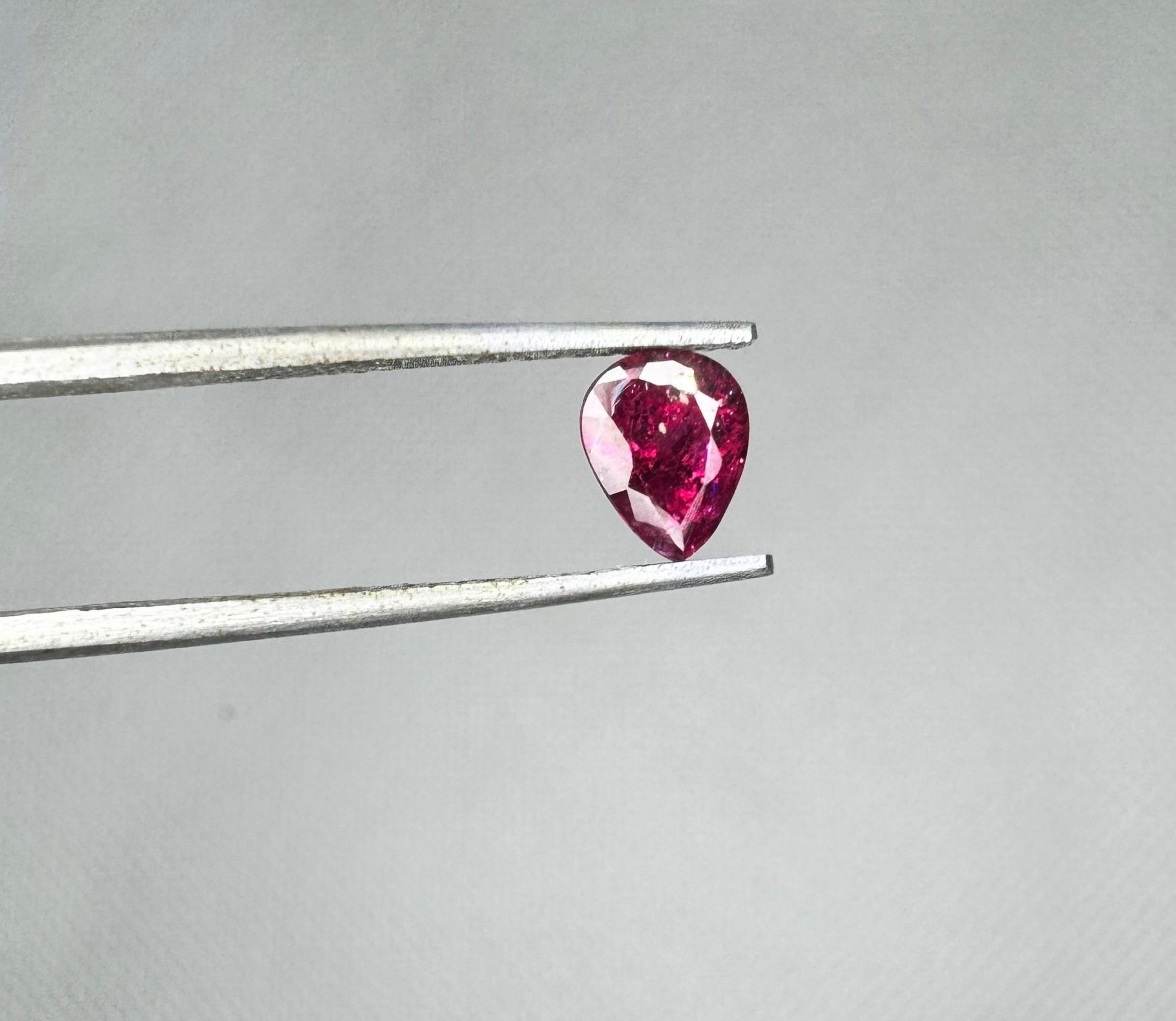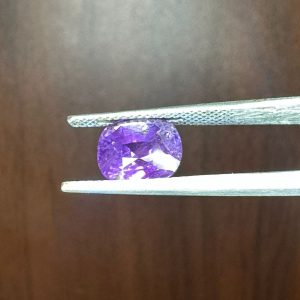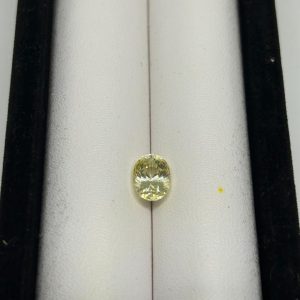Ceylon Natural Ruby
රු100,000.00
– Nature: Natural Sapphire
– Color: Ruby
– Weight:1.31ct
– Treatment: – Heated
– Clarity: Eye Clean
– Certificate Available: Can be provide on request
– Contact: +94 777 07 21 31
📍 Location: Colombo, Sri Lanka
Bank Deposit Delivery Available.
Out of stock
### Overview
– **Type**: Precious gemstone
– **Chemical Composition**: Aluminum oxide (Al₂O₃) with chromium impurities, which give it its red color.
– **Color**: Ranges from pinkish to blood-red; the most valuable shade is often referred to as “pigeon blood.”
### Characteristics
– **Hardness**: 9 on the Mohs scale, making it one of the hardest gemstones, just below diamond.
– **Clarity**: Rubies often have inclusions, which can enhance their value depending on the type and location of the inclusions.
– **Cut**: Common cuts include oval, round, and cushion, which enhance the stone’s brilliance.
### Sources
– **Major Locations**: Myanmar (Burma), Thailand, Sri Lanka, Madagascar, and Mozambique are notable sources.
– **Origin Impact**: The origin can significantly affect the value; Burmese rubies, for instance, are highly prized.
### Value Factors
– **Color**: The intensity and hue of red influence price; more vivid colors are more valuable.
– **Clarity**: The presence of inclusions can lower value, but some inclusions can add character.
– **Carat Weight**: Larger stones are rarer and generally more expensive.
### Treatments
– **Heat Treatment**: Commonly used to enhance color and clarity; most rubies on the market are treated.
– **Glass Filling**: Some lower-quality rubies are treated with glass to fill cracks, which can affect value.
### Cultural Significance
– **Symbolism**: Often symbolizes love, passion, and power. Historically, rubies have been associated with nobility and protection.
– **Uses in Jewelry**: Popular in rings, necklaces, earrings, and bracelets; often set in gold or platinum.
### Care and Maintenance
– **Cleaning**: Clean with warm, soapy water and a soft cloth. Avoid harsh chemicals and ultrasonic cleaners.
– **Storage**: Store separately to avoid scratches from harder gemstones.
If you have more specific questions or need additional details, feel free to ask!











Reviews
There are no reviews yet.